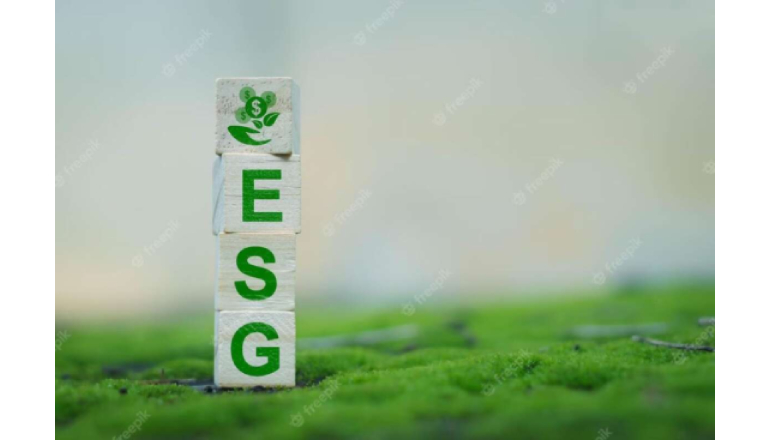More than two-third 72%) FIs or financial institutions plan to invest $$500,000 in ESG technology in climate risk solutions. The aim is to address the increasing risks associated with climate change.
It indicated that over half of international financial institutions view regulating changes as the primary ESG challenge. The survey indicates that future investments are likely to focus on emissions data, transitional climate risk modeling, and regulatory reporting tools.
The BCT Digital and Chartis Research study, titled “Chartis Market View: ESG and Climate Risk Survey,” examines how international FIs are incorporating climate and ESG risk considerations into their risk assessment and investment selection procedures.
Challenges:
As per the survey the FIs identified the following challenges:
Regulatory compliance is a significant challenge: 52%
Risk assessment and mapping relevant ESG : 48%
Integrating ESG into operational and financial workflows: 48%
Challenges concerning climate risk:
Meeting regulatory stress testing expectations (67%),
Accurate GHG (Greenhouse gas) accounting (56%)
Integrating climate risk operationally into product lines (50%)
ESG investments:
The survey surveyed 77 ESG and climate risk practitioners from financial institutions managing assets ranging from $1 billion to $500 billion across APAC, North America, Europe, and the MENA region.
Firms spend $250,000-$500,000 annually on ESG strategies, with North American and European institutions likely to exceed $500,000. Investments next year will focus on ESG data, GRC solutions, and regulatory compliance tools.
Experts observe:
“There is a lack of uniformity in ESG and climate risk reporting standards; different countries and regions may have their own frameworks and definitions. This disparity makes it challenging for multinational corporations to maintain consistent reporting,” said Jaya Vaidhyanathan, CEO, BCT Digital.
“Compliance with ESG guidelines can be a challenge for many financial institutions, and data and data management are central to the compliance process. Having a fully integrated framework which enables data management across the entire value chain is crucial,” said Sid Dash, Chief Researcher, Chartis.

